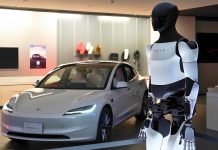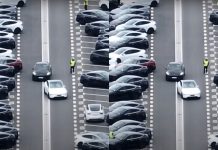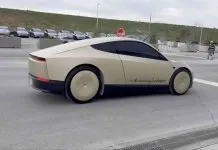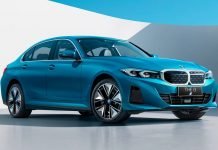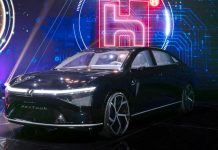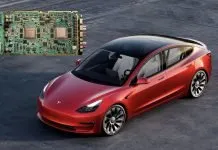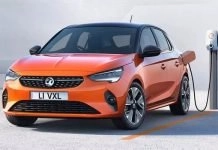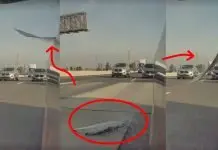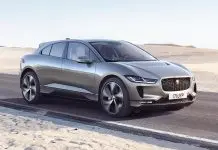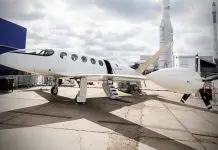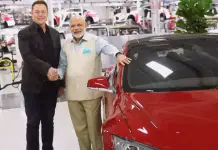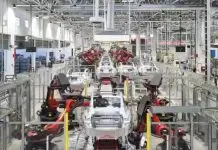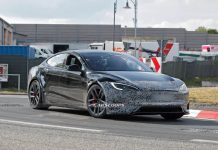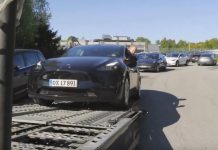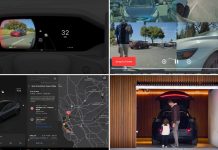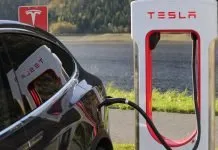Elon Musk declared that Tesla’s humanoid robots, dubbed Optimus, have come out of the prototype phase. The machines are already up and running independently at the Tesla Palo Alto site. Tesla has achieved something important for not only itself but also artificial intelligence and robotics in general.
“They walk around the office 24/7. No one watches them. They charge themselves,” Musk said during a private demonstration to select investors and media. “This isn’t CGI. This isn’t a prototype. This is real.”
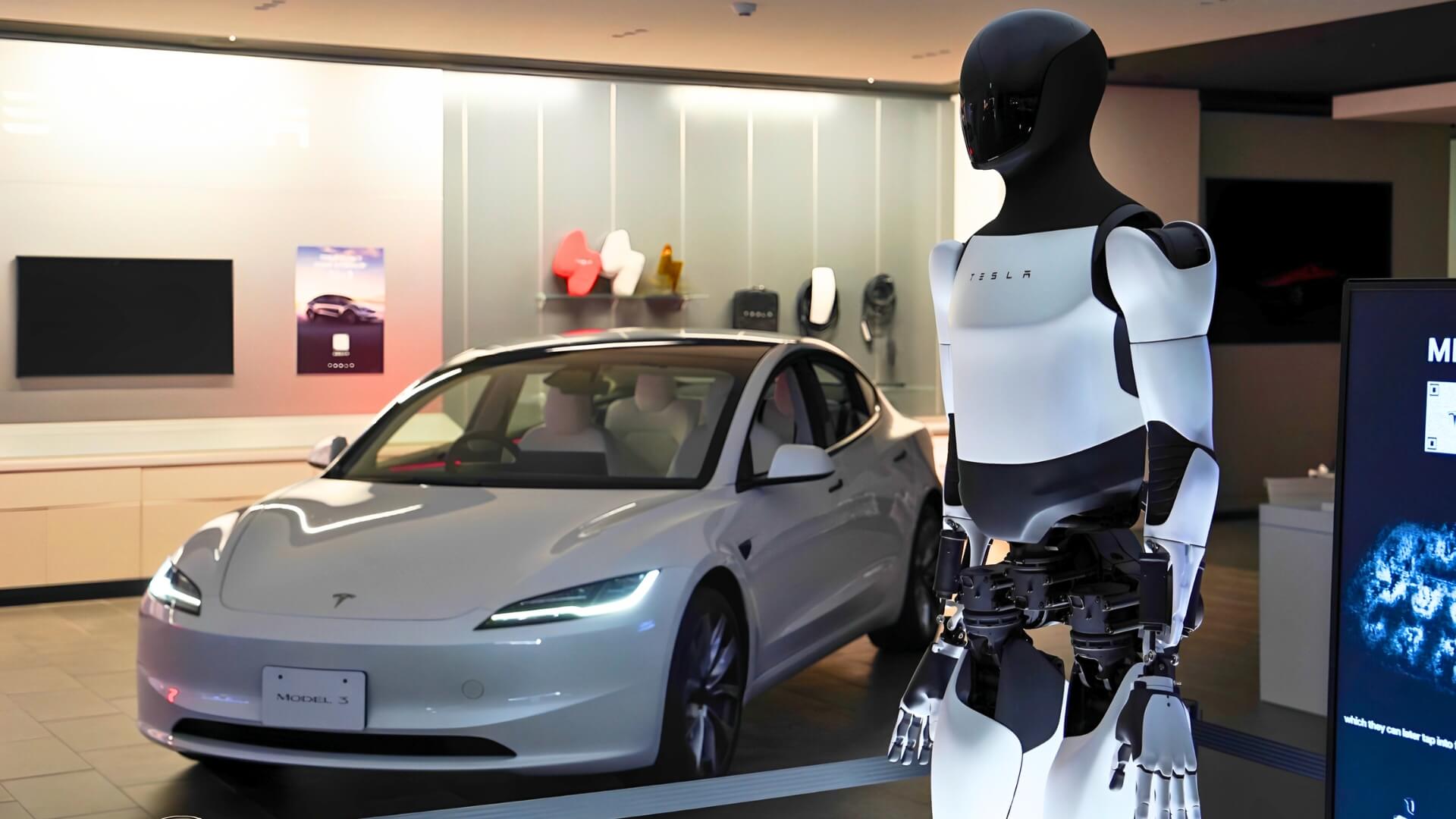
Taking the Idea Into Practice
Many were doubtful when Tesla first discussed a humanoid robot in 2021. Experts argued that building a machine that can move, observe, and think just like people is very complicated. Now, only three years later, Optimus is leading innovation beyond original industry expectations.
Multiple Optimus robots are reportedly in operation at the advanced AI lab in Palo Alto, according to information from inside the company. They perform daily actions, pick up and transport objects, and work in their setting without any obvious effort.
In a brief video at the announcement, a group of Optimus robots was observed strolling through Tesla’s offices, smoothly opening doors and on their way to charge when the need arises. According to the company, the robots operate on their own using their onboard cameras, instant decision-making, and Tesla’s custom neural networks.
Tesla Optimus
Tesla Optimus was built to make a robot that can handle jobs humans consider dull, dirty, or risky. Around 5′ 8” tall and weighing 125 pounds, the robot is built like a human and runs on the Full Self-Driving (FSD) system created by Tesla.
Nevertheless, developments in autonomy seem to make the biggest difference. They aren’t limited to what they learn in advance—they notice changes, decide independently, and team up with systems nearby.
“Elon’s always talked about AI being a core part of Tesla’s DNA,” said Dr. Maya Reynolds, a robotics expert and former advisor to the U.S. Department of Energy. “If these robots are doing what’s claimed—operating unsupervised and recharging autonomously—that’s one of the most advanced deployments of AI in physical form we’ve ever seen.”
Outcomes for the World of Work
When fully autonomous humanoid robots appear, there will be dramatic changes in manufacturing, logistics, health services, and families using labor robots. Musk previously said Optimus might help in Tesla’s Gigafactories, taking over hazardous or repetitive jobs to boost efficiency and safety. Elon Musk said that it would be $20,000 cheaper than an annual human salary.
This situation raises many doubts about the future of job security and the nature of work. Although Tesla has not revealed information on when large-scale operation will start, Optimus seems close to being fully deployed.
Musk said that Optimus’ skills will be further explained at the upcoming AI Day this year, when a bigger fleet may be presented, completing more involved actions. As a result, groups working in robotics, for example, Boston Dynamics, Agility Robotics, and Sanctuary AI, are also expected to speed up their development efforts.
Currently, everyone is watching Optimus move through Tesla’s labs unnoticed, charging, avoiding objects, and quietly progressing robotic technologies.

